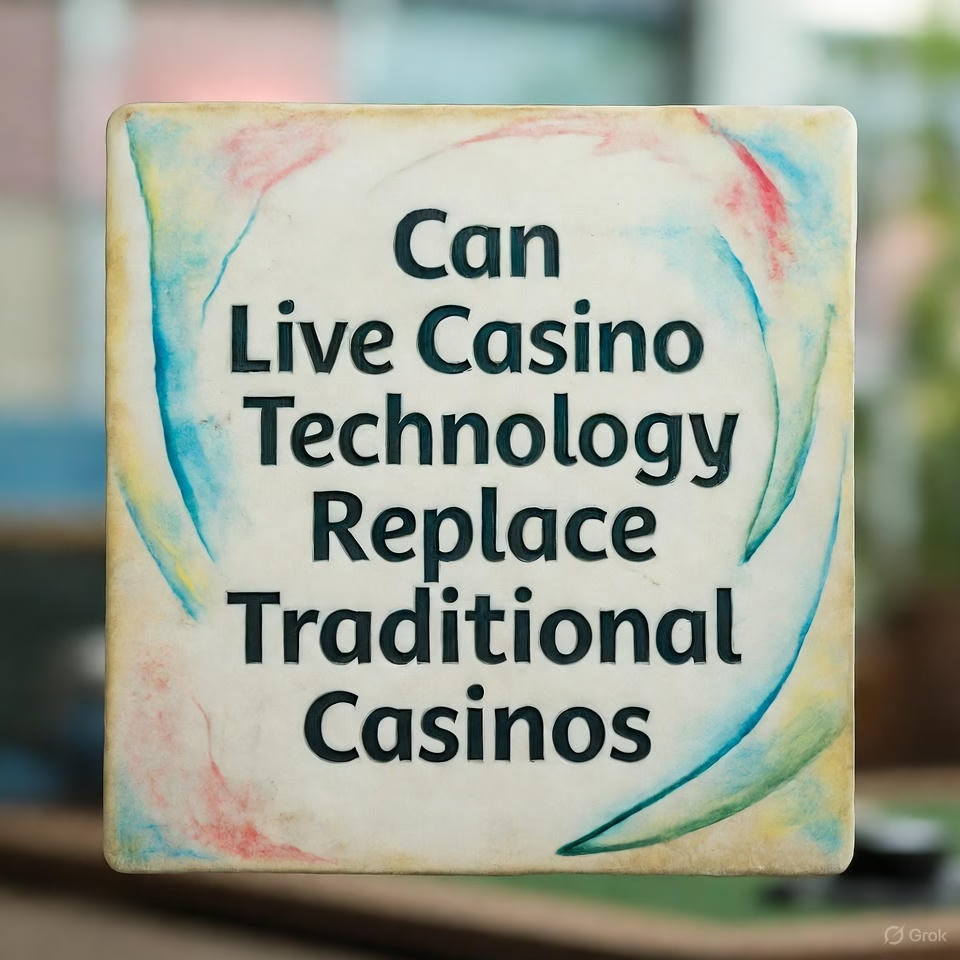Becoming a full stack developer in 2025 isn’t just about learning how to code—it’s about transformation. It’s the story of going from a curious learner with zero experience to a skilled developer capable of deploying full-fledged applications that power modern businesses. With the tech world evolving rapidly, structured, hands-on training has become essential for navigating this journey. That’s where a well-designed full stack development course like TripleTen’s comes in, acting as the bridge between ambition and achievement.
In this article, we’ll walk through what it really means to become a full stack developer in 2025, the skills you need, the challenges you face, and how a course like the one from TripleTen can accelerate your path from zero to deployment.
Chapter 1: The Starting Point – No Experience, No Problem
The typical journey begins with one thing: curiosity. Maybe you’ve used websites and apps your whole life and wondered, How do these things actually work? Perhaps you want to change careers or land a job that offers more flexibility, creativity, and earning potential.
The good news? You don’t need a background in IT or STEM to begin. In fact, programs like TripleTen’s full stack development course are designed for complete beginners. With a practical and immersive curriculum, students are taught everything from scratch—from writing your first line of HTML to deploying a responsive, secure, and interactive web app.
What’s more, the course offers a money-back job guarantee, ensuring that you either land a relevant tech job within 10 months or receive your tuition back (as long as you meet program requirements).
Chapter 2: Learning the Stack – Front-End and Back-End
To become a full stack developer, you need to understand both front-end and back-end development.
Front-End (The Client Side)
This is what users see and interact with. You’ll learn HTML for structuring content, CSS for styling, and JavaScript to bring everything to life. Frameworks like React.js allow you to create dynamic, single-page applications used in modern websites.
Back-End (The Server Side)
Here’s where the “magic” happens behind the scenes. You’ll learn how to work with Node.js, REST APIs, databases (like SQL), and server-side logic. This enables your app to store data, process it, and respond intelligently to user requests.
Courses like TripleTen break these components down into sprints—1 to 4-week learning modules focused on specific technologies. By completing projects in each sprint, students gradually build real-world applications while mastering new skills.
Chapter 3: Real-World Projects – From Practice to Portfolio
The real transformation happens when theory meets practice. What makes TripleTen’s full stack development course stand out is its emphasis on real-world projects. Students work on actual assignments for companies, such as developing onboarding tools, crypto wallet apps, or health monitoring platforms.
For example, one of the featured projects, Synthesis Workshop, is an educational platform for organic chemistry courses. Another, Drops, helps users with diabetes manage their health habits. These aren’t toy projects—they mirror what professional developers build in the workplace.
Each completed project becomes part of your GitHub portfolio—a digital resume that recruiters and employers use to evaluate your technical skills and creativity.
Chapter 4: Support and Mentorship – You’re Never Alone
Learning full stack development can be overwhelming, especially when concepts don’t click right away. That’s why mentorship is a game-changer.
TripleTen provides 1-on-1 tutoring, live office hours, and career coaching. You’re connected to experienced engineers from real tech companies—some of whom work at big names like Tesla and Spotify. These mentors not only explain tricky concepts but also share real insights from the field, preparing you for job interviews and professional challenges.
This type of guidance ensures that students don’t just memorize syntax—they understand how software systems work, collaborate effectively, and debug problems independently.
Chapter 5: The Job Search – Career Prep Starts Early
Unlike traditional education programs that focus solely on academics, TripleTen’s full stack development course integrates career services from day one.
Students participate in:
- Mock interviews
- Resume and portfolio reviews
- Cover letter workshops
- Job strategy sessions
By the end of the course, you’ll have not just skills but a game plan—and that’s crucial in today’s job market. You’ll be trained to navigate LinkedIn, target relevant positions, and speak confidently about your projects and experiences in interviews.
According to Glassdoor, the median salary for a full stack developer is $159,000 in 2025. And with a job market that continues to grow—13% projected growth between 2020 and 2030—now is a great time to make the switch.
Chapter 6: Choosing Your Path – Versatility is Power
One of the biggest benefits of learning full stack development is the range of career paths it opens up:
- Full Stack Developer – Handle both front-end and back-end tasks
- Front-End Engineer – Focus on building user-friendly interfaces
- Back-End Developer – Specialize in server-side logic and databases
- ML/AI Engineer – Transition into machine learning with foundational programming knowledge
This flexibility means you’re not locked into a single role. You can start as a junior developer and transition into more specialized fields over time. The skills you learn are the building blocks of a long, sustainable career in tech.
Chapter 7: A Day in the Life – Deployment, Teamwork, and Problem Solving
Imagine this: It’s your first day on the job as a junior full stack developer. You’re tasked with updating a health-tracking web app. You check out the codebase, communicate with the design team, update the API to support new features, push your changes to GitHub, and deploy to production.
It’s not a dream—it’s exactly the kind of workflow you practiced during your course. Thanks to daily collaboration on group projects, Agile sprints, and Git version control training, you’re comfortable with this environment.
TripleTen’s curriculum mimics real-world conditions to prepare you for these challenges, so that when you’re finally on the job, you’re not learning from scratch—you’re just applying what you already know.
Chapter 8: Certification and Confidence
At the end of your journey, you don’t just walk away with knowledge—you receive a professional certificate verifying your full stack development training. This credential helps you stand out to employers, especially when combined with your live projects and polished GitHub profile.
But beyond certificates, the biggest thing you gain is confidence. Confidence to build. Confidence to debug. Confidence to walk into a job interview and say, I can do this.
And that’s the real magic of going from zero to deployment.
Conclusion: Your First Line of Code Is Just the Beginning
In 2025, the path to becoming a full stack developer is more accessible than ever. With a structured, project-based program like TripleTen’s full stack development course, you don’t need to figure it all out on your own.
You’ll learn industry-standard tools like React, Node.js, and SQL. You’ll collaborate with mentors and peers. You’ll build real-world apps and prepare for real-world interviews. And you’ll go from knowing nothing about programming to deploying your own full-stack applications with confidence.
If you’ve been waiting for the right time to start, this is it. Your journey from zero to deployment begins with one decision: to learn.





